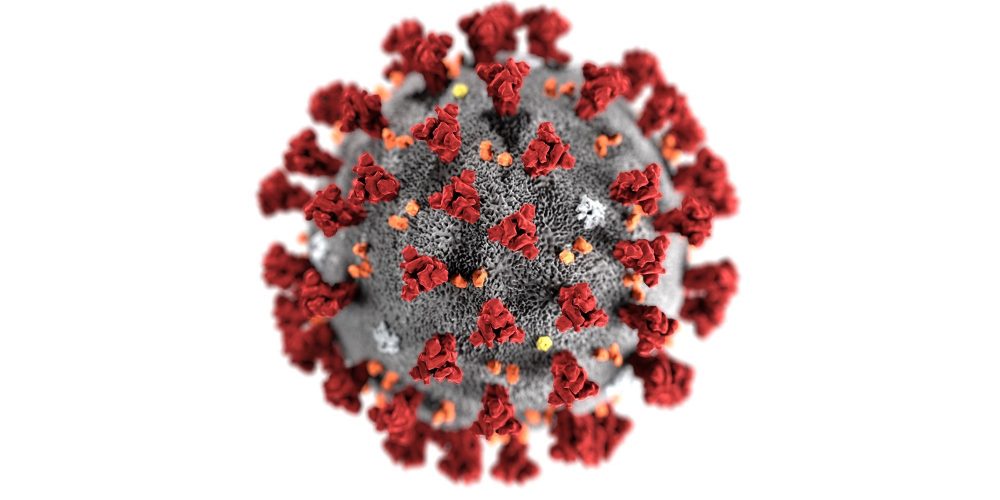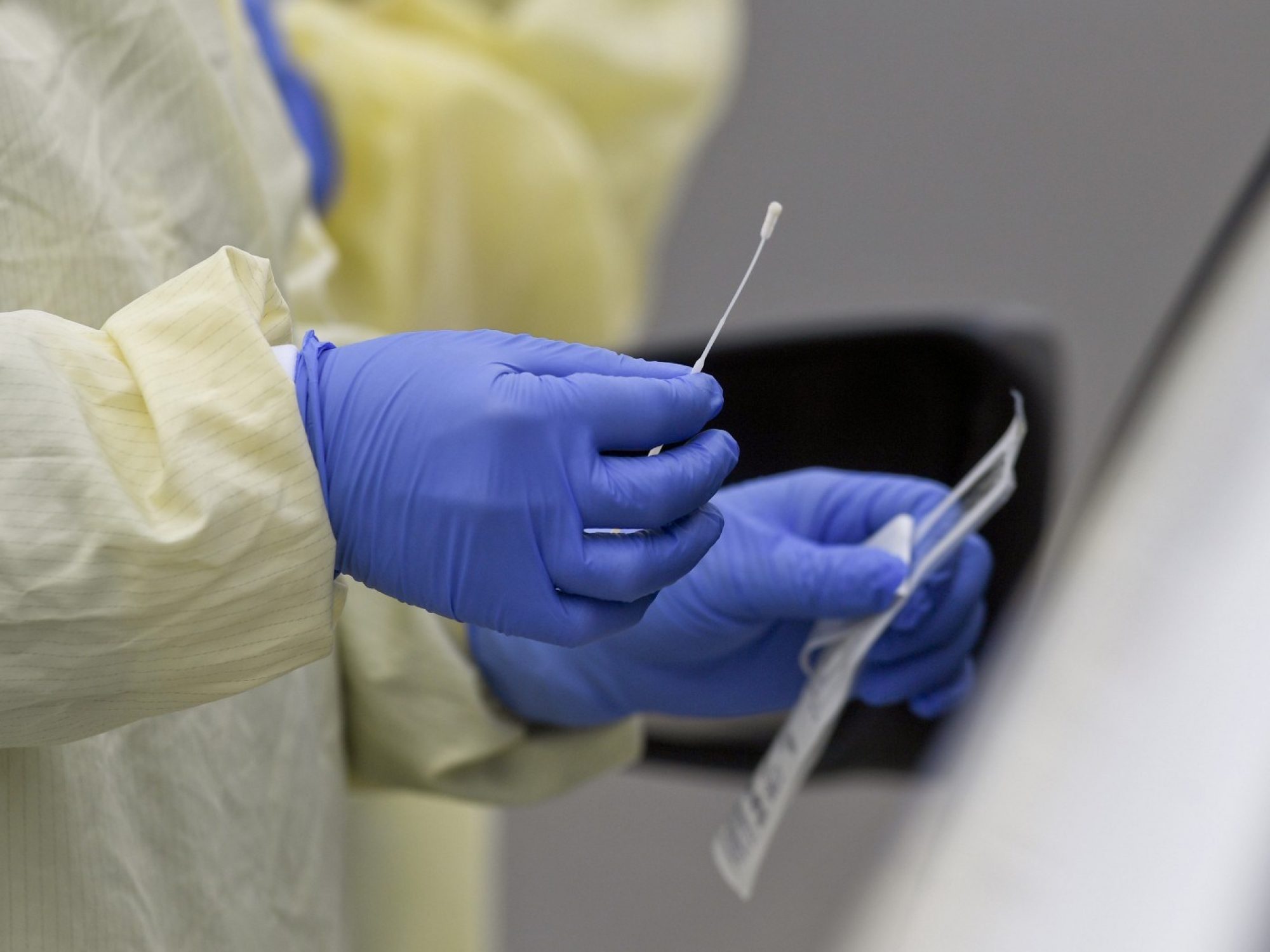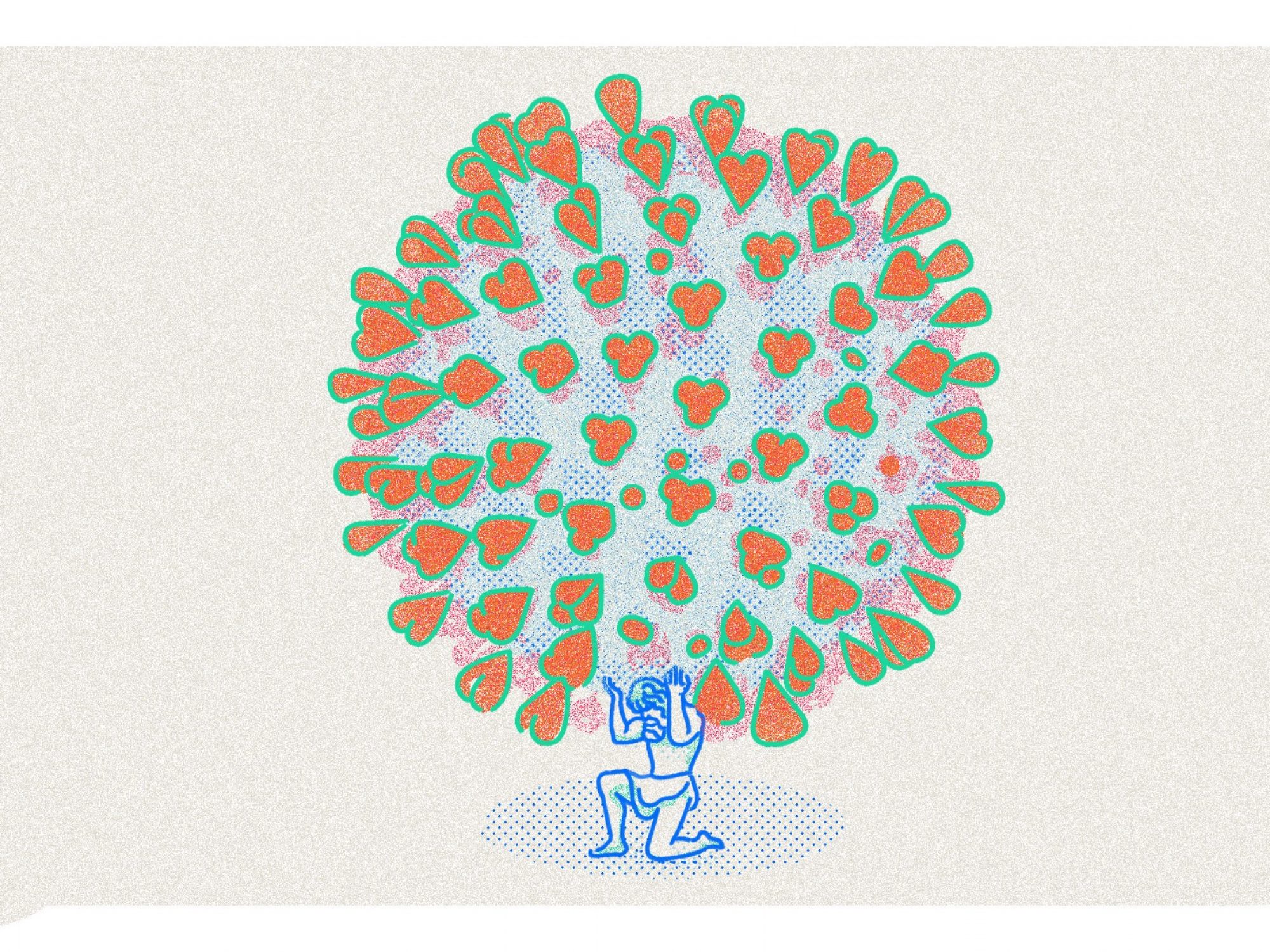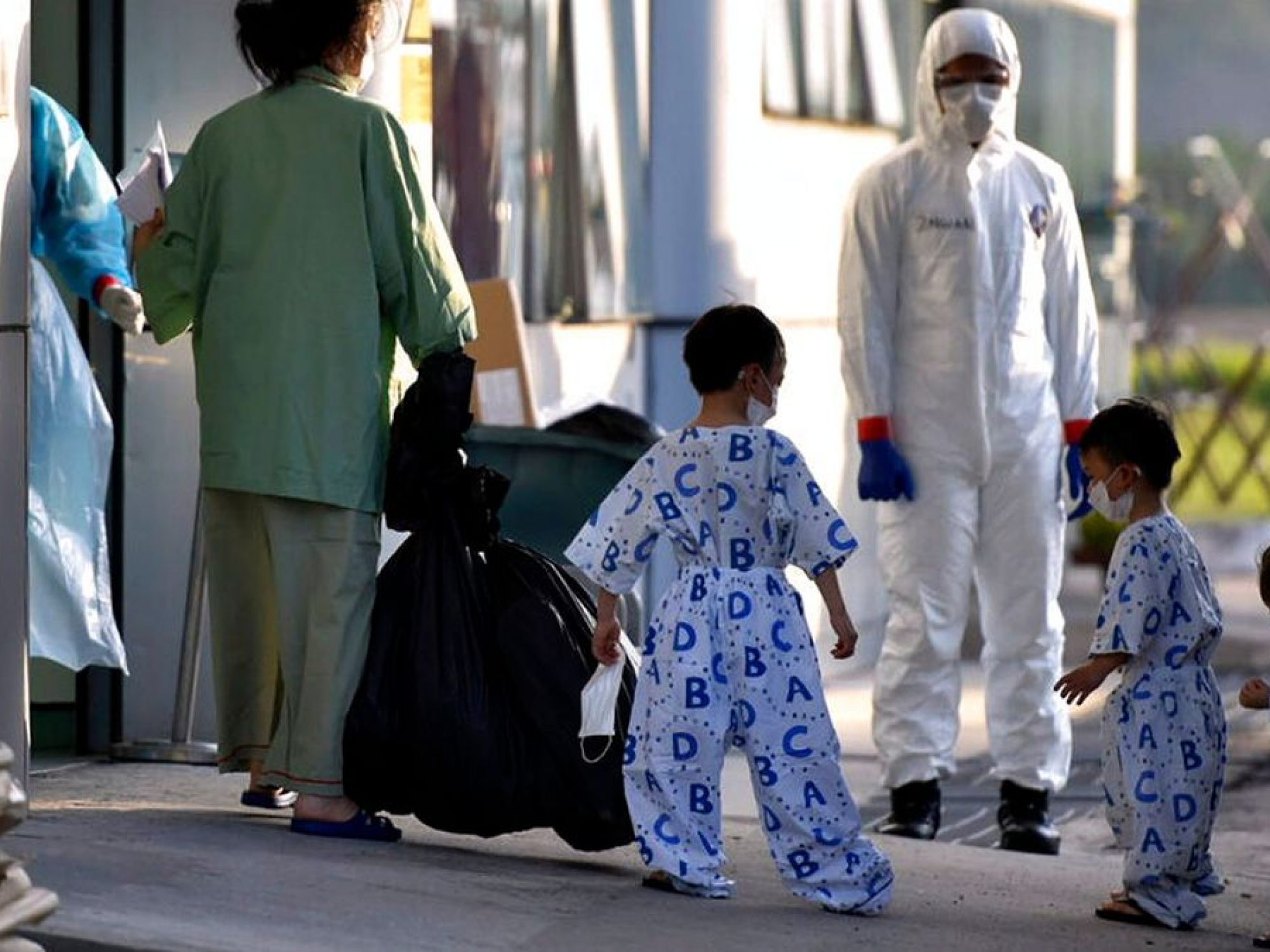Understanding the origin of the virus is key to battling conspiracy theories
A stubbornly popular and absolutely false coronavirus conspiracy theory is that the coronavirus was engineered in a lab and intentionally released into the world. Scientists have repeatedly debunked the idea, and U.S. National Institutes of Health (NIH) director Dr. Francis Collins recently weighed in to explain why.
Writing on the NIH Director’s Blog on March 26, Collins pointed to a recent article in the journal Nature Medicine showing two possible origin stories for the coronavirus, neither of which have to do with malicious plans to bioengineer a virus. In the first, the virus evolved the ability to infect humans while still in its natural animal host (likely bats or pangolins). In the second, the virus first made the jump from animal to human — and only then did it slowly evolve the ability to spread between humans and cause disease. “Either way,” writes Collins, “this study leaves little room to refute a natural origin for COVID-19.”
The authors of the Nature Medicine paper, who dissected and analyzed the important features of the SARS-CoV-2 genome, concluded: “Our analyses clearly show that SARS-CoV-2 is not a laboratory construct or a purposefully manipulated virus.”
Yet misinformation continues to spread. This weekend, the New York Times reported that both China and Russia were waging disinformation campaigns to undermine the United States and its response to the crisis.
This morning, Harvard public health scholar and epidemiologist Eric Feigl-Ding, who is widely followed on Twitter for his Covid-19 updates, was accused of spreading Chinese propaganda and lies after tweeting a story summarizing the NIH blog post and the Nature Medicine paper — that was published in the South China Morning Post. Many of the responses referenced the same conspiracy theory that Collins sought to refute in the first place.
At the end of his blog, Collins directs readers to the new Coronavirus Rumor control website, which is run by the U.S. Federal Emergency Management Agency. “It may not have all the answers to your questions,” he writes, “but it’s definitely a step in the right direction in helping to distinguish rumors from facts.”












